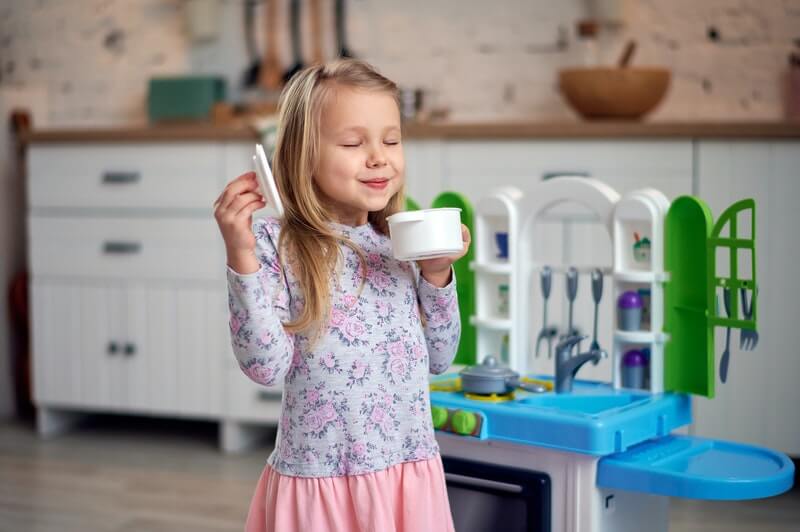Toddlers are full of energy and curiosity, making it essential to provide them with a safe and engaging play space where they can learn and explore. Designing a toddler play space requires careful planning to ensure that it is not only fun but also safe and stimulating for their development.
Essential Items for Planning a Toddler Play Space:
- Soft Flooring: To prevent injuries from falls, consider using cushioned flooring such as foam mats or rugs.
- Age-Appropriate Toys: Choose toys that are suitable for toddlers’ developmental stage, including puzzles, building blocks, ride-on toys, and sensory play items.
- Storage Solutions: Organize toys neatly with bins, shelves, or baskets to keep the play space tidy and clutter-free.
- Seating Options: Include child-sized chairs or bean bags where toddlers can sit comfortably during playtime or activities.
- Art Supplies: Encourage creativity with art materials like crayons, paper, stickers, and washable paints.
Keeping the Play Space Clean and Neat:
- Establish Rules: Teach toddlers simple rules such as cleaning up after themselves before moving on to another activity.
- Regular Maintenance: Schedule regular clean-up sessions to tidy up the play area by putting away toys and wiping down surfaces.
- Washable Materials: Opt for washable toys, furniture covers, and removable pillow covers that are easy to clean in case of spills or accidents.
- Rotating Toys: Keep things interesting by rotating toys every few weeks to maintain toddlers’ interest while reducing clutter in the play space.
Additional Ideas for an Engaging Toddler Play Space:
- Reading Nook: Create a cozy corner with books suitable for toddlers to encourage early literacy skills.
- Sensory Stations: Set up sensory bins filled with items like rice grains or water beads to engage toddlers’ senses through touch and exploration.
- Imaginative Play Area: Designate a role-playing section with costumes, props, and pretend-play accessories to spark creativity in young minds.
Designing a toddler play space involves thoughtful consideration of safety measures, age-appropriate items, organization strategies, cleanliness routines while incorporating elements that promote learning through playtime activities suited for young children’s development needs.
